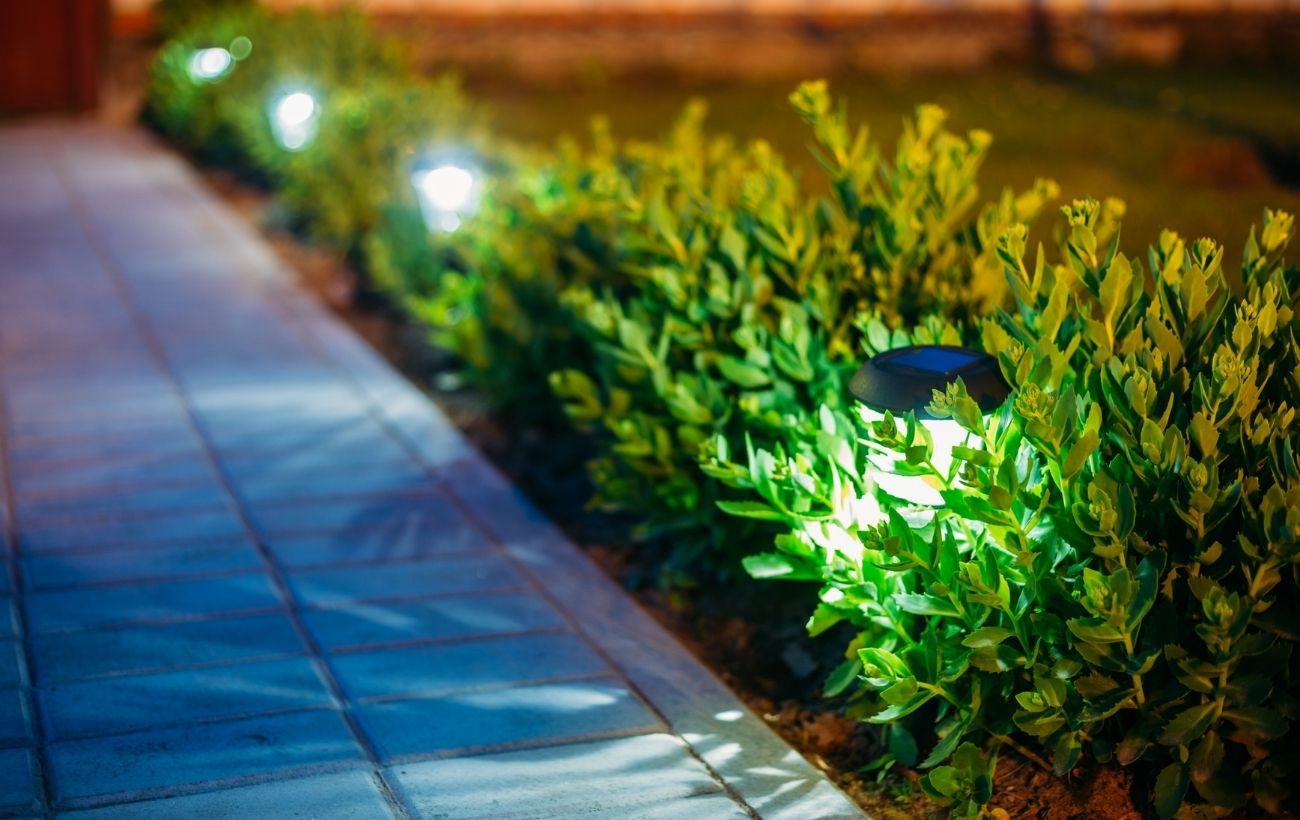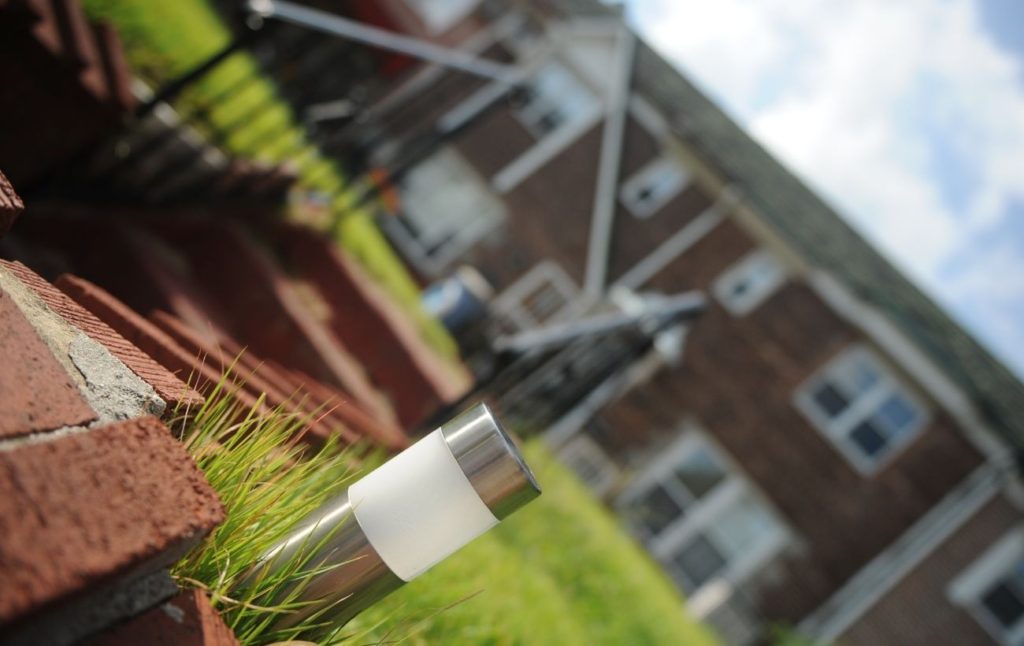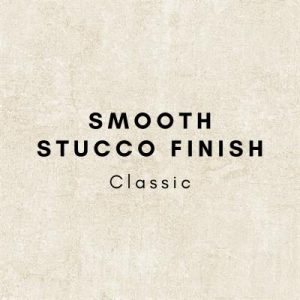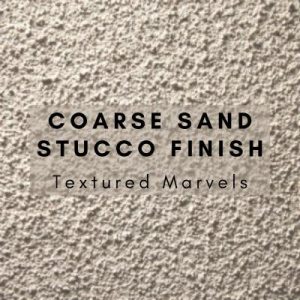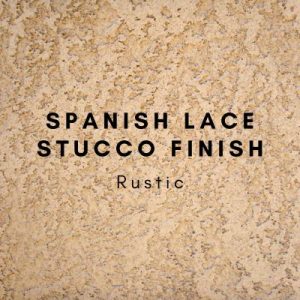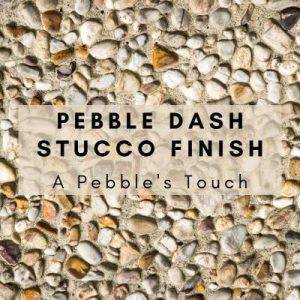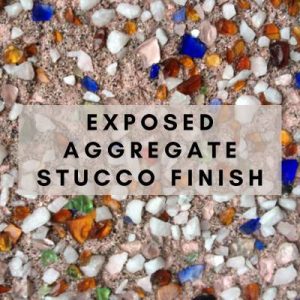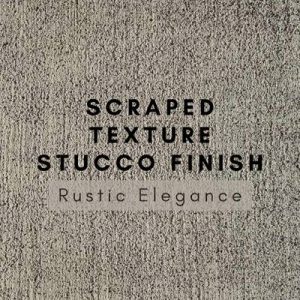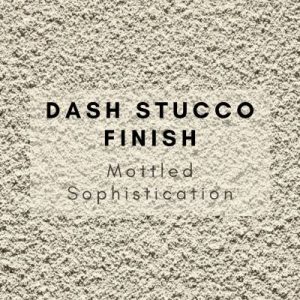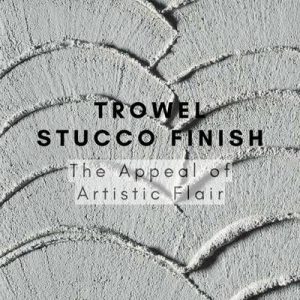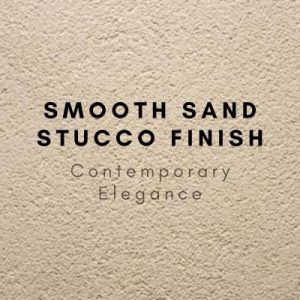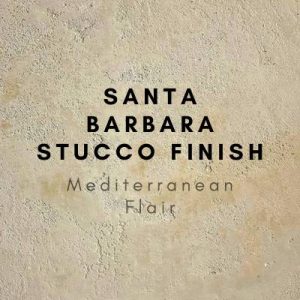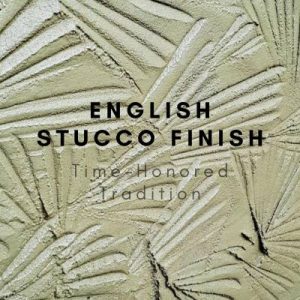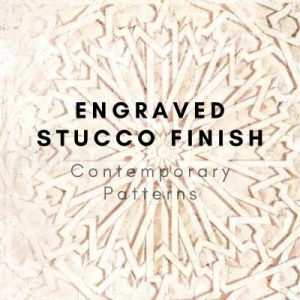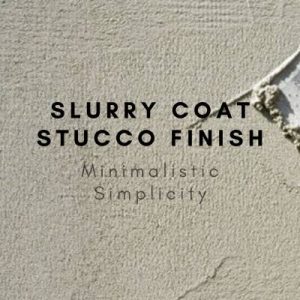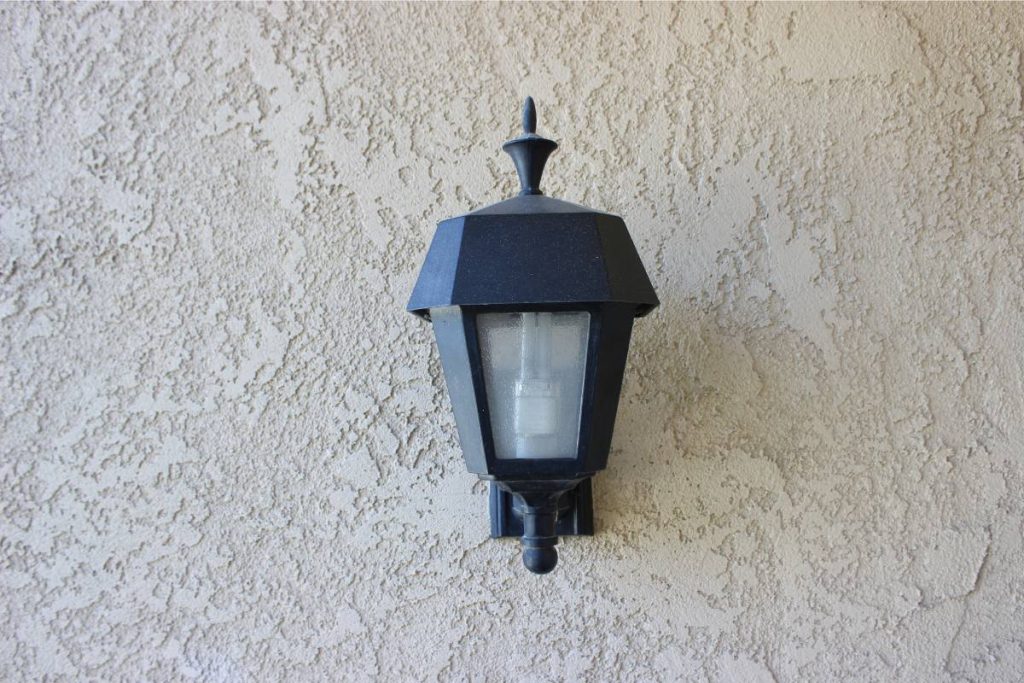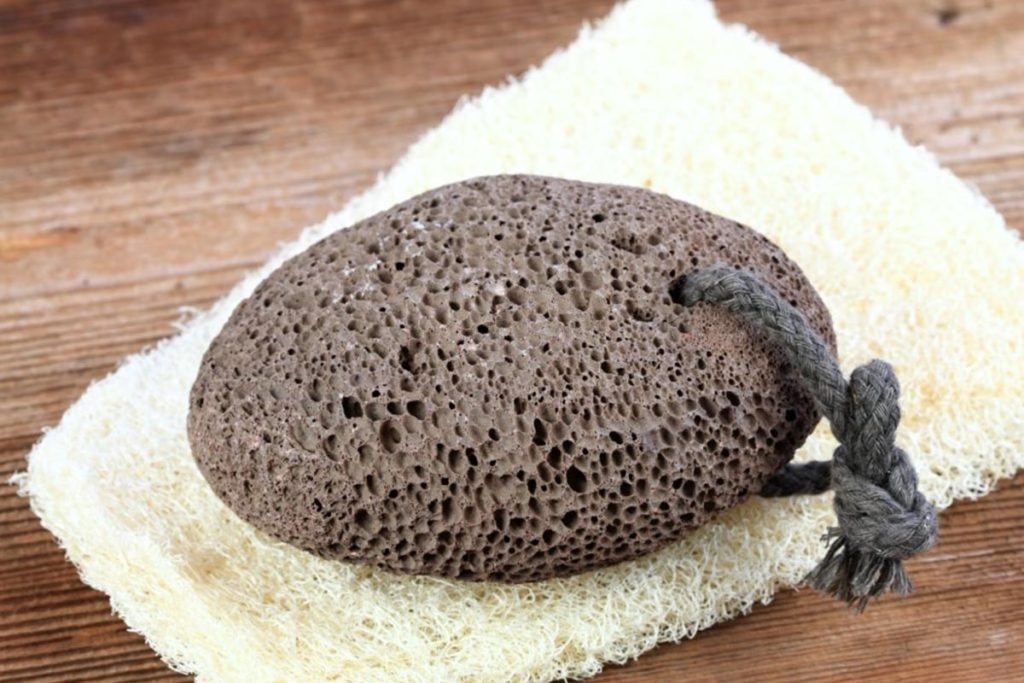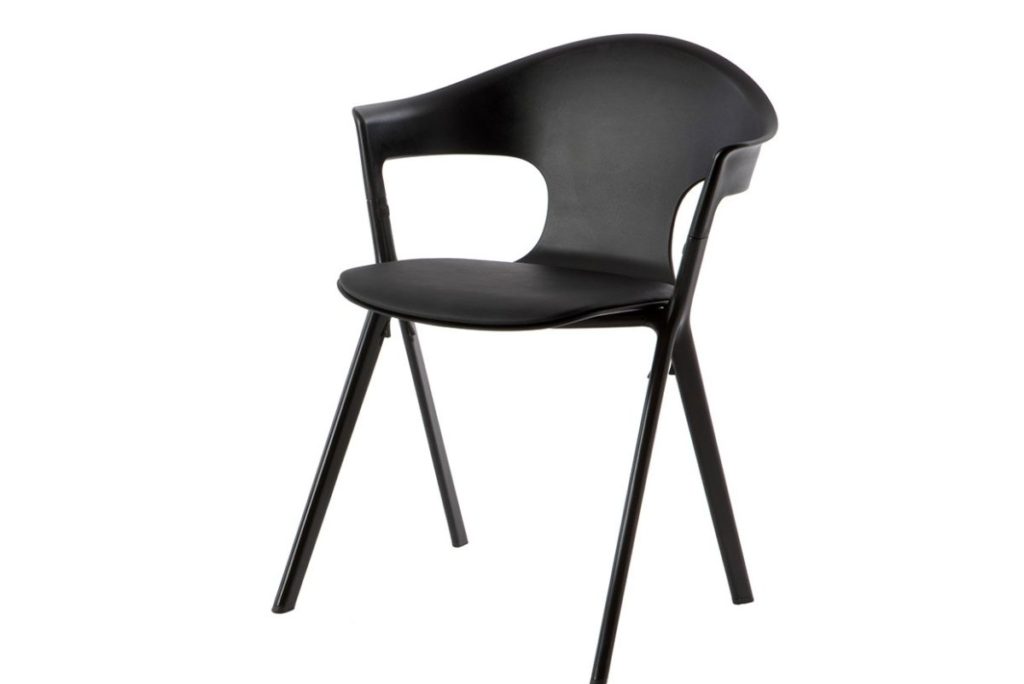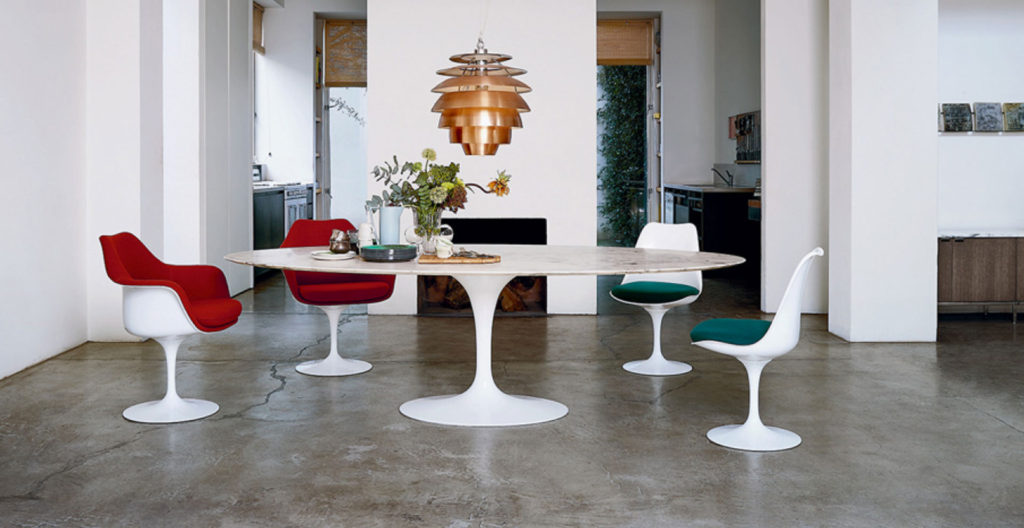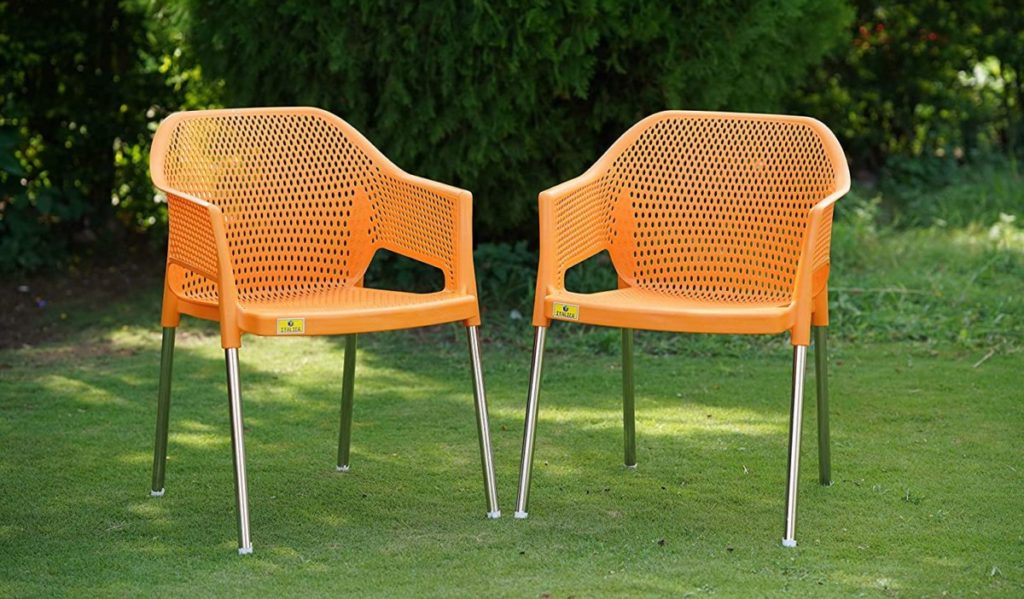Wall Protection Trends for Wood Stoves
Wood stoves are a charming addition to any home, providing warmth and a cozy atmosphere during the cold months. However, they also pose a significant risk if not installed and maintained properly, especially when it comes to protecting the walls of your home. The primary reason for wall protection around wood stoves is to prevent heat damage and reduce the risk of fire. Wood stoves can reach extremely high temperatures, and without proper insulation, the heat can transfer to nearby walls, potentially igniting combustible materials. Wall protection acts as a barrier, reflecting heat back towards the room and away from the walls, thus maintaining a safe environment.
Wall Protection Ideas for Wood Stoves
When it comes to wall protection for wood stoves, the primary goal is to shield your walls from the intense heat that stoves emit, thereby reducing the risk of fire and heat damage. Here are some practical and aesthetically pleasing wall protection trends:
Metal Heat Shields
Metal heat shields are a practical choice for wall protection behind wood stoves. They reflect and dissipate heat efficiently when installed with an air gap, enhancing cooling through air circulation. Materials like stainless steel or aluminum are favored for their durability and heat resistance.
Stucco Shield
Stucco, a durable and heat-resistant plaster, can also serve as an effective wall protection idea for a corner wood stove. When applied over fire-resistant materials or backing, stucco creates a non-combustible surface that can withstand the high temperatures of a wood stove. Its texture adds a unique aesthetic that can be customized through various finishes and colors, allowing it to blend seamlessly with the room’s decor. Stucco’s robustness and thermal properties make it a suitable choice for enhancing safety and style around a corner wood stove.
Ceramic Tiles

Ceramic tiles offer a versatile and decorative approach to wall protection. They are fire-resistant and available in various colors, patterns, and finishes, allowing customization to complement your interior design. Their ability to withstand high temperatures makes them a functional choice for the area behind a wood stove.
Ceramic tiles are an excellent choice for protecting the walls around a corner wood stove due to their versatility in design, space efficiency, and heat resistance. They can be precisely fitted into the unique space of a corner, providing a custom look that complements the room’s aesthetic. Additionally, their durability and ease of maintenance make them a practical and long-lasting solution for safeguarding walls against the intense heat of a wood stove.
Tempered Glass Panels
For a modern and sleek design, tempered glass panels can act as a heat shield while keeping the wall behind visible. It’s important to use glass that is rated for high temperatures to ensure safety and effectiveness in heat protection.
Fire-rated Drywall (Type X)
Using fire-rated drywall, known as Type X, behind the stove and covering it with a non-combustible finish like tile or metal sheeting, offers substantial heat protection. This type of drywall is designed to be more fire-resistant than standard drywall, providing an additional safety layer.
Stone Veneer
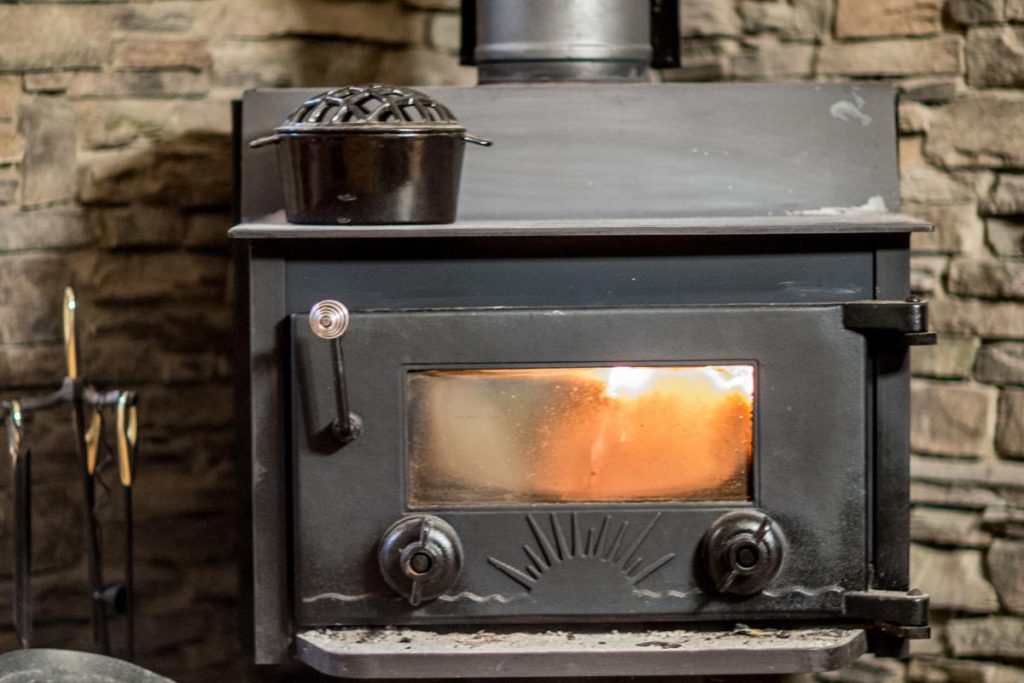
A stone veneer not only provides excellent heat resistance but also adds a rustic and natural aesthetic to the space around a wood stove. Stone’s thermal properties allow it to absorb and gradually release heat, serving as an effective natural barrier against high temperatures.
Brick Wall
Brick walls are another traditional and effective method for protecting walls from the intense heat of wood stoves. Bricks have great thermal mass, absorbing heat slowly and preventing it from reaching the wall, all while adding a classic and cozy look to the room.
Plaster and Latex Paint
A more budget-friendly solution involves applying heat-resistant plaster to the walls and finishing with latex paint. While this method can offer some level of protection, it should be used alongside a primary heat shield for adequate safety against the high temperatures produced by wood stoves.
Installation Tips
Proper wood stove installation is just as important as choosing the right materials. Here are some tips to ensure your wall protection is effective:
Maintain Clearance: Always adhere to the minimum clearance distances specified by your stove’s manufacturer and local building codes. This usually involves maintaining a certain distance between the stove and the wall, even with protection in place.
Air Gap: Incorporating an air gap between the protective material and the wall can significantly enhance heat dissipation. This can be achieved by using spacers during the installation of metal shields or other materials.
Seal Gaps: Ensure that all edges and gaps around the protective materials are properly sealed to prevent heat from escaping and reaching the wall.
Professional Help: If you’re unsure about the installation process, it’s wise to seek professional help. A qualified installer can ensure that your wall protection is installed correctly and safely.
Maintenance and Safety
Regular maintenance of your wood stove and wall protection is essential for safety and efficiency. Here are some maintenance tips:
Inspect Regularly: Check the wall protection and the area around your wood stove regularly for any signs of wear, damage, or heat stress.
Clean Surfaces: Keep the protective materials clean from dust and soot, which can accumulate over time and potentially become combustible.
Monitor Stove Use: Be mindful of how you use your wood stove. Avoid overloading it, as this can lead to excessive heat production that even the best wall protection might not withstand.



